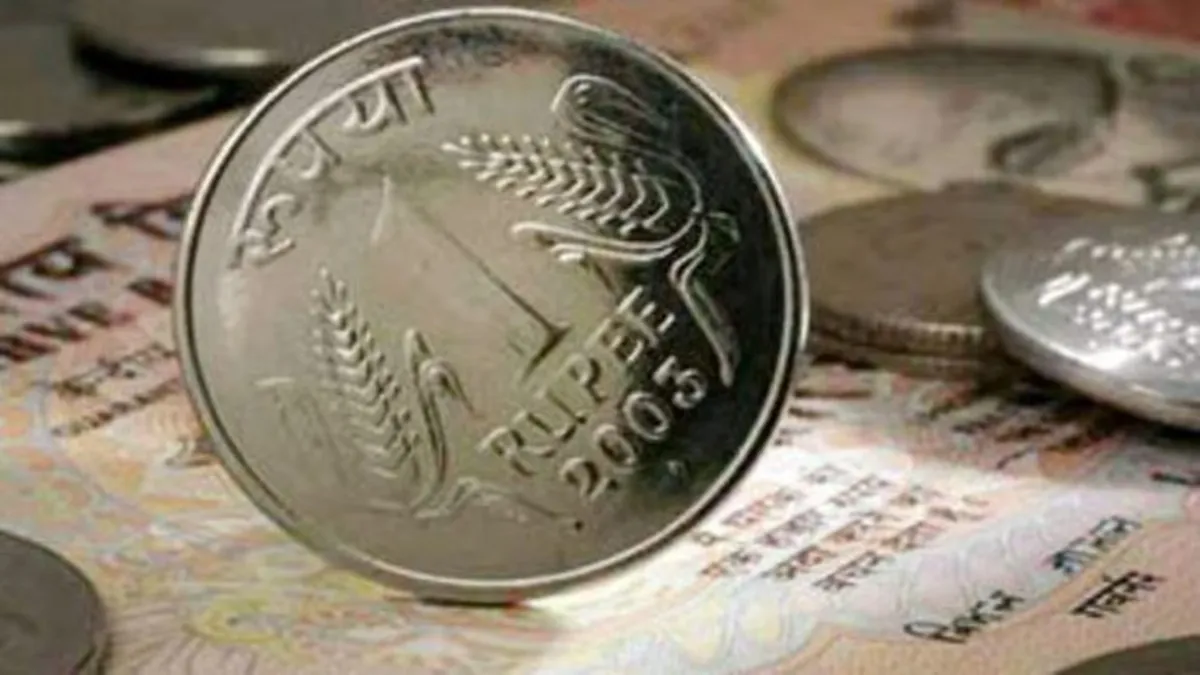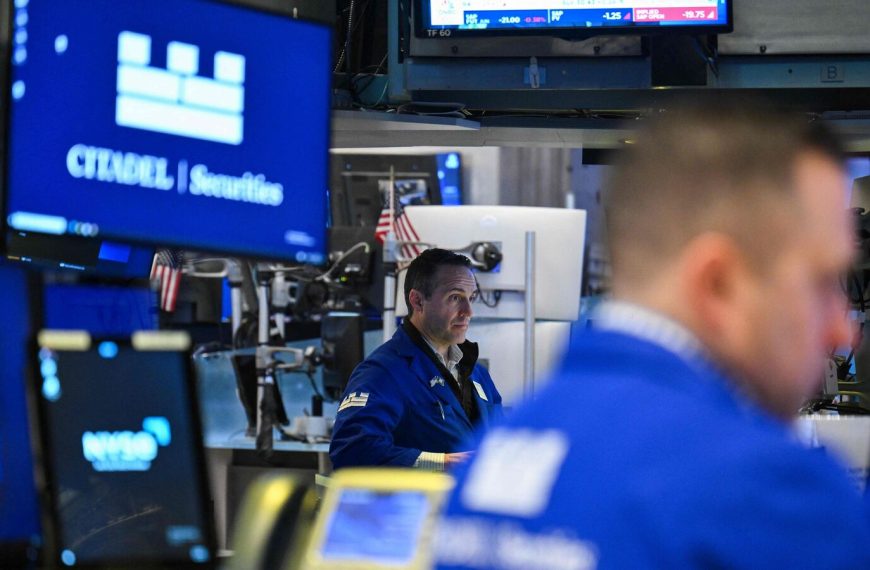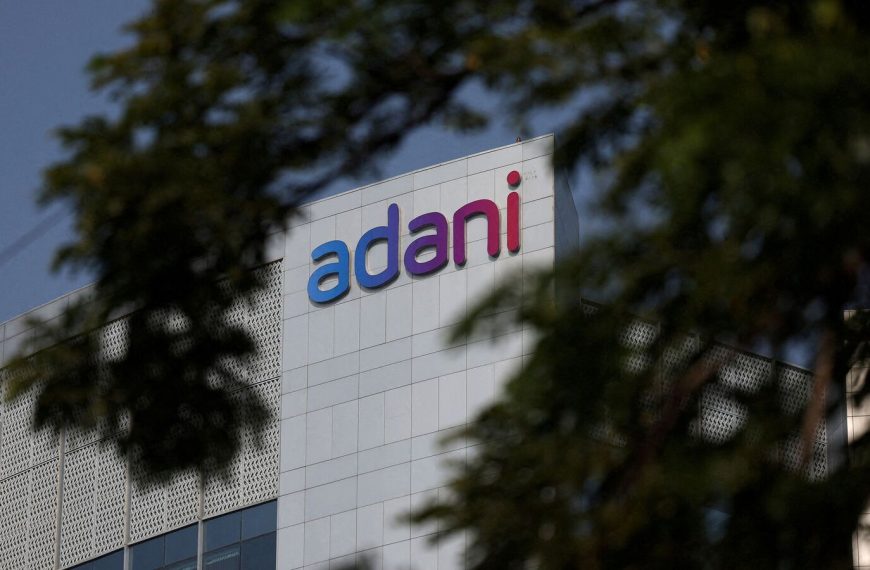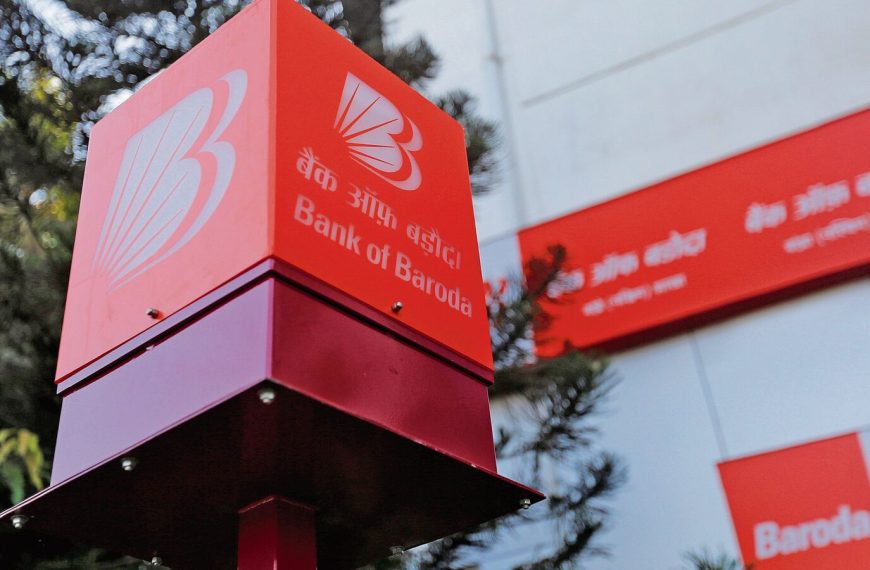The Indian rupee has reached a notable high of 84.78 per dollar, marking the highest level since early 2025. This surge is primarily attributed to escalating geopolitical tensions and a heightened demand for the US dollar, which have collectively pressured the Indian currency. Forex analysts suggest that the ongoing discord between India and Pakistan has contributed to a risk-averse sentiment in the market, leading to the rupee’s decline. Fortunately, foreign capital inflows and fluctuating crude oil prices have provided some stability for the domestic currency.
Geopolitical Tensions Influence Market Sentiment
As tensions continue to rise between India and Pakistan, the United States has urged both nations to refrain from exacerbating the conflict. Marco Rubio, the US Secretary of State, is set to engage with the foreign ministers of both countries. According to Tammy Bruce, a spokesperson for the US State Department, Washington is actively communicating with both nations concerning the situation in Kashmir, advising them to avoid further escalation. Meanwhile, the dollar index, which measures the greenback’s performance against a basket of six currencies, has seen a slight increase of 0.11%, now standing at 99.34.
Crude Oil Prices and Market Performance
In the commodities market, Brent crude, the global oil benchmark, experienced a decline of 1.11%, trading at USD 63.54 per barrel in futures markets.
On the domestic front, the 30-share BSE Sensex rose by 165.90 points, or 0.21%, closing at 80,454.28. Similarly, the Nifty index gained 51.30 points, also up 0.21%, reaching 24,387.25.
- Foreign Institutional Investors (FIIs) have actively participated in the equity market, purchasing shares worth Rs 2,385.61 crore on a net basis as of Tuesday.
India and the US Explore Trade Opportunities
In a bid to enhance bilateral relations, India and the US are currently exploring an interim trade arrangement aimed at achieving an "early mutual win." This initiative is part of the larger goal to finalize the first phase of a proposed bilateral trade agreement by fall 2023.
As reported by the commerce ministry, sector-specific discussions have commenced, with further engagements anticipated towards the end of May.
Domestic Economic Outlook Remains Positive
On the macroeconomic front, a recent report from the finance ministry emphasized that with strategic planning, ongoing domestic reforms, and a focus on infrastructure and job creation, the Indian economy can maintain resilient growth despite facing global uncertainties.
For more insights and updates on economic trends, check out related articles on trade agreements and market performance.











